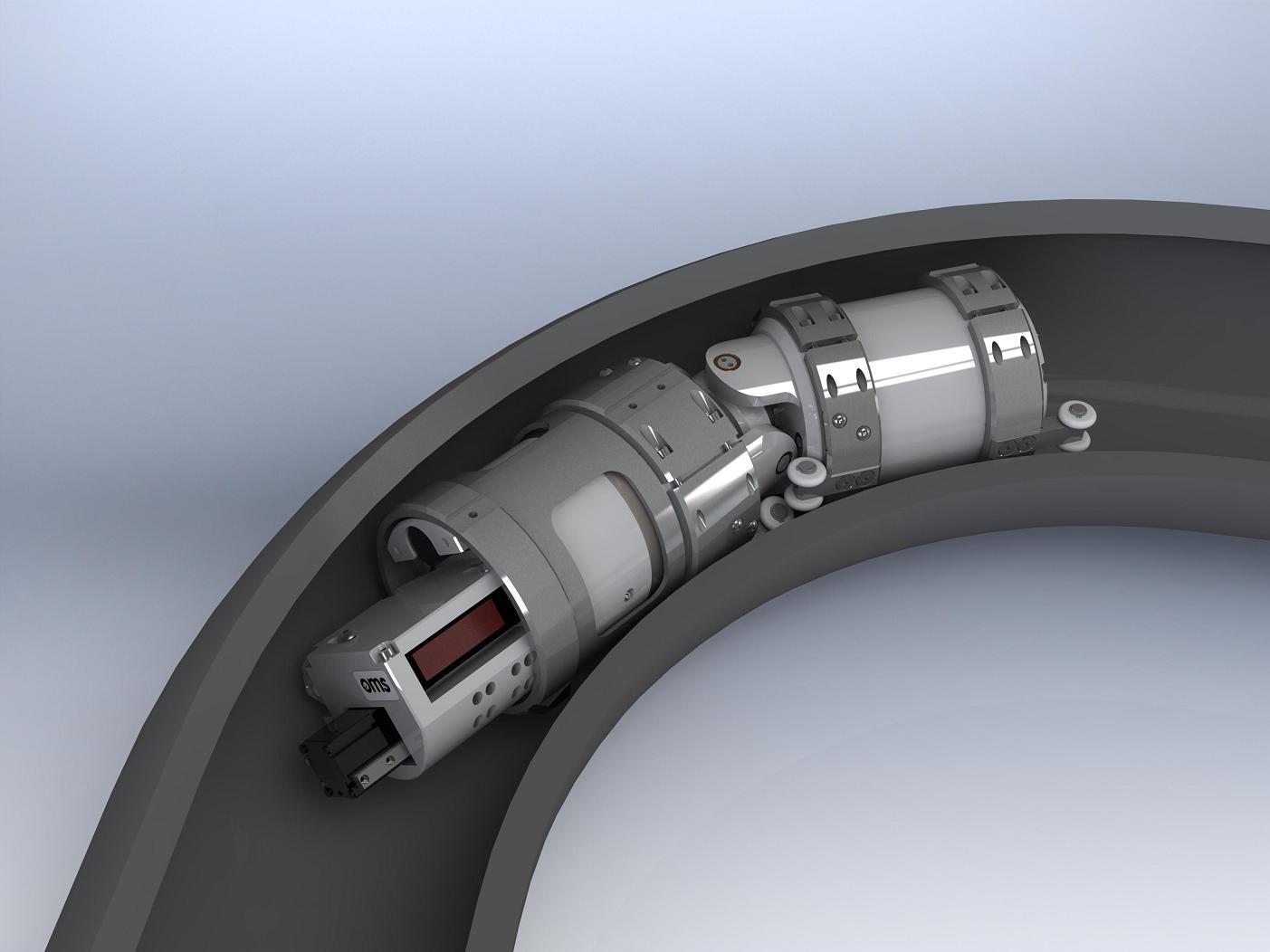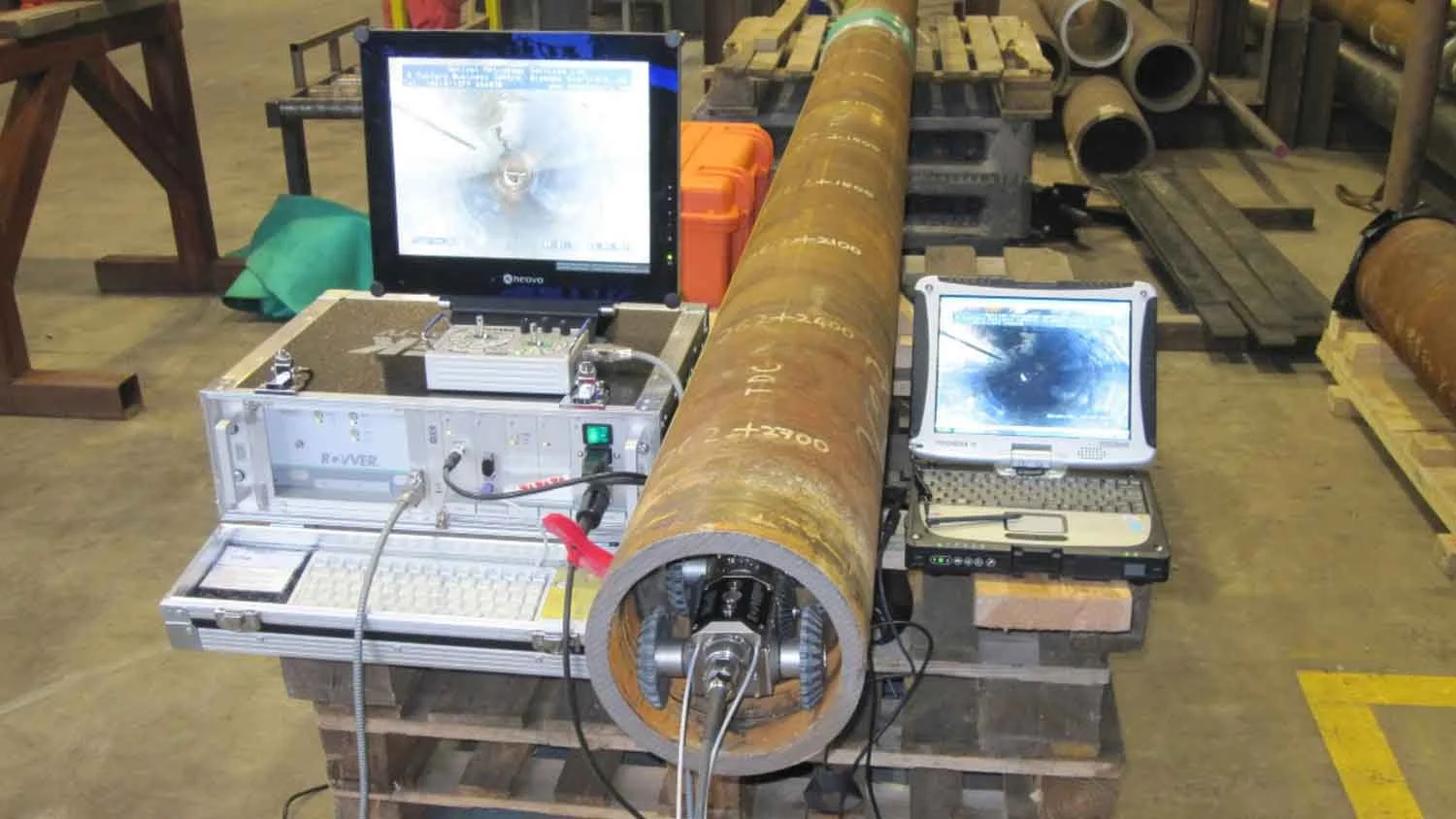Comprehensive Review of Pipeline Welding Evaluation Treatments
Pipeline welding examination treatments play an essential duty in ensuring that bonded connections fulfill rigorous sector criteria and requirements. From thorough pre-welding evaluations to extensive post-weld assessments, a distinct assessment procedure is vital for preserving the structural soundness of pipelines.
Pre-welding Inspection Preparations
Before commencing the welding process, complete pre-welding examination prep work are necessary to guarantee the stability and top quality of the weld joint. These prep work involve a precise evaluation of the materials to be bonded, the welding equipment, and the work atmosphere. Firstly, the materials should be examined for any issues, impurities, or incongruities that could compromise the weld. This consists of checking for proper product qualities, measurements, and surface conditions. Pipeline Welding Inspection. In addition, the welding tools needs to be examined to verify that it is in excellent working problem, calibrated properly, and ideal for the specific welding process. Any type of concerns with the tools need to be dealt with without delay to avoid defects in the weld. Lastly, the job environment need to be assessed for sanitation, correct ventilation, and precaution to make certain a favorable setup for the welding operation. By conducting comprehensive pre-welding evaluation preparations, potential problems can be recognized and fixed early on, causing dependable and top quality weld joints.
Welding Treatment Credentials
Comprehensive pre-welding inspection preparations lay the foundation for the essential process of Welding Procedure Qualification, guaranteeing the integrity and quality of the weld joint. Welding Treatment Credentials (WPQ) is an essential action in the welding procedure that involves testing and certifying welding procedures to guarantee they fulfill particular requirements and requirements. The WPQ procedure normally includes welding procedure specification development, welding treatment credentials screening, and paperwork of the outcomes.
During welding procedure specification growth, vital information such as the welding process, welding products, joint style, and welding specifications are specified to develop a detailed treatment. Consequently, welding procedure certification screening is carried out to verify the recommended procedure's integrity. This screening usually includes welding examination vouchers that undergo numerous mechanical and non-destructive tests to assess the weld's quality and adherence to the defined requirements.
In-process Weld Inspection
Throughout the welding process, in-process weld evaluation plays a crucial function in guaranteeing the high quality and honesty of the weld joint - Pipeline Welding Inspection. This kind of examination involves keeping track of the welding criteria, analyzing the weld grain development, and identifying any kind of prospective issues or discontinuities as they occur. By conducting in-process weld evaluations, welding operators can quickly address any type of problems that may develop, thus protecting against more flaws and making sure that the final weld fulfills the called for specs
Usual methods used for in-process weld inspection include aesthetic evaluation, fluid penetrant testing, magnetic particle screening, ultrasonic screening, and radiographic testing. Generally, in-process weld inspection is necessary for preserving the top quality important source and reliability of bonded pipes.
Non-destructive Testing (NDT)
Non-destructive Testing (NDT) is an important method utilized in pipe welding inspection to examine the honesty of weld joints without causing damage to the bonded structure. By using numerous NDT strategies, inspectors can examine the top quality of welds and identify any problems or discontinuities that may compromise the structural strength of the pipe. Typical NDT methods used in pipeline welding assessment include Radiographic Testing (RT), Ultrasonic Testing (UT), Magnetic Fragment Evaluating (MPT), Fluid Penetrant Testing (LPT), and Visual Screening (VT)
RT involves the usage of X-rays or gamma rays to create pictures of the internal framework of the weld, permitting examiners to detect problems such as porosity, cracks, or insufficient combination. Additionally, VT entails aesthetic assessment of welds to determine any kind of visible imperfections.
Post-weld Examination and Documentation

Documentation of post-weld examination searchings for is necessary for maintaining top quality control documents and making certain conformity with sector requirements and guidelines. Thorough records must include details concerning the assessment approaches utilized, the place and nature of any flaws discovered, and any rehabilitative activities taken - Pipeline Welding Inspection. Appropriate paperwork not just works as a document of the weld's top quality but additionally aids in future maintenance and evaluation procedures
Conclusion

To conclude, pipe welding examination treatments play a vital function in Check Out Your URL ensuring the quality and stability of welds. From pre-welding evaluations to post-weld documents, each step is essential in preserving the security and effectiveness of pipelines. By complying with established procedures and conducting detailed evaluations, prospective defects can be determined and attended to before they cause pricey repair services or failings. Overall, adherence to appropriate assessment methods is key to the success of pipeline welding jobs.
From precise pre-welding evaluations to extensive post-weld analyses, a distinct assessment procedure is necessary for keeping the architectural sturdiness of pipes. By performing in-process weld examinations, welding drivers can immediately attend to any problems that might arise, thereby making sure and stopping additional defects that the last weld fulfills the called for requirements.
Common approaches made use of for in-process weld evaluation consist of aesthetic examination, fluid penetrant testing, magnetic particle screening, ultrasonic testing, and radiographic testing.Non-destructive Screening (NDT) is a crucial technique used in pipe welding evaluation to assess the honesty of weld joints without causing damage to the bonded structure. Post-weld examination includes various approaches to evaluate the welds for problems, including visual examination, dye penetrant screening, magnetic particle testing, ultrasonic screening, and radiographic testing.